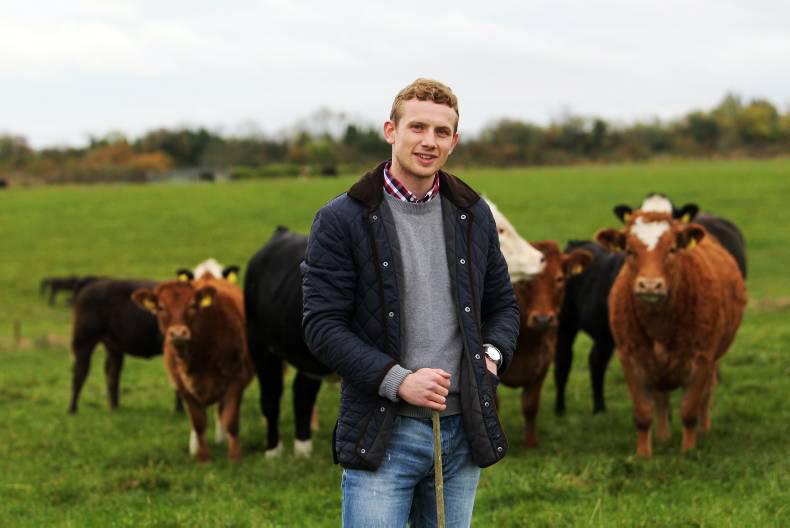We finished sixty continental bulls on one of three ad libitum diets: rolled barley, maize meal or flaked maize-based. All of the diets were formulated to have similar levels of protein on a dry matter basis.
Though many preach of the fattening power that maize offers, at research level the previous results aren’t consistent. In our experiment the maize meal won out in terms of growth, carcass weight and intake.
Crucially, even though all three diets met the minimum fat score; the animals offered barley, not maize, were fattest according to the grading machine. As should be the case with all ad libitum feeding situations, bulls were gradually adapted to the diet over three weeks and had access to fresh water and roughage at all times. Though the analysis is in its early stages, the preliminary results are exciting.
Carcass weight
Through increased carcass weight (14kg) and decreased total concentrate intake (80kg) vs. barley, the maize meal bulls theoretically left about €50 more behind them post slaughter.
Interestingly, the flaked maize, seen as a premium ingredient, fell slightly behind in terms of performance. In terms of nutrient supply versus demand the maize meal performed as expected on paper but the barley and flaked treatments should have done better for what was consumed. The plot thickens.
As stated before, the literature on the topic is quite conflicting. Many studies have reported a decrease in intake for the same gains when flaked maize was used. Here, that wasn’t the case and the maize meal proved more efficient. Perhaps a repetition of the trial under the same conditions is necessary to strengthen the story.
Cheaper maize
On the home front the results are encouraging. Early last year we were on the fence about which type of maize we would use in our bull finishing ration. The said experiment had just started and at that stage there was nothing to split the two maize rations in terms of daily gains, so I had no reason to lean towards either ration. We went for the cheaper maize meal option at 33% inclusion and were happy with how our animals performed.






 This is a subscriber-only article
This is a subscriber-only article












SHARING OPTIONS: